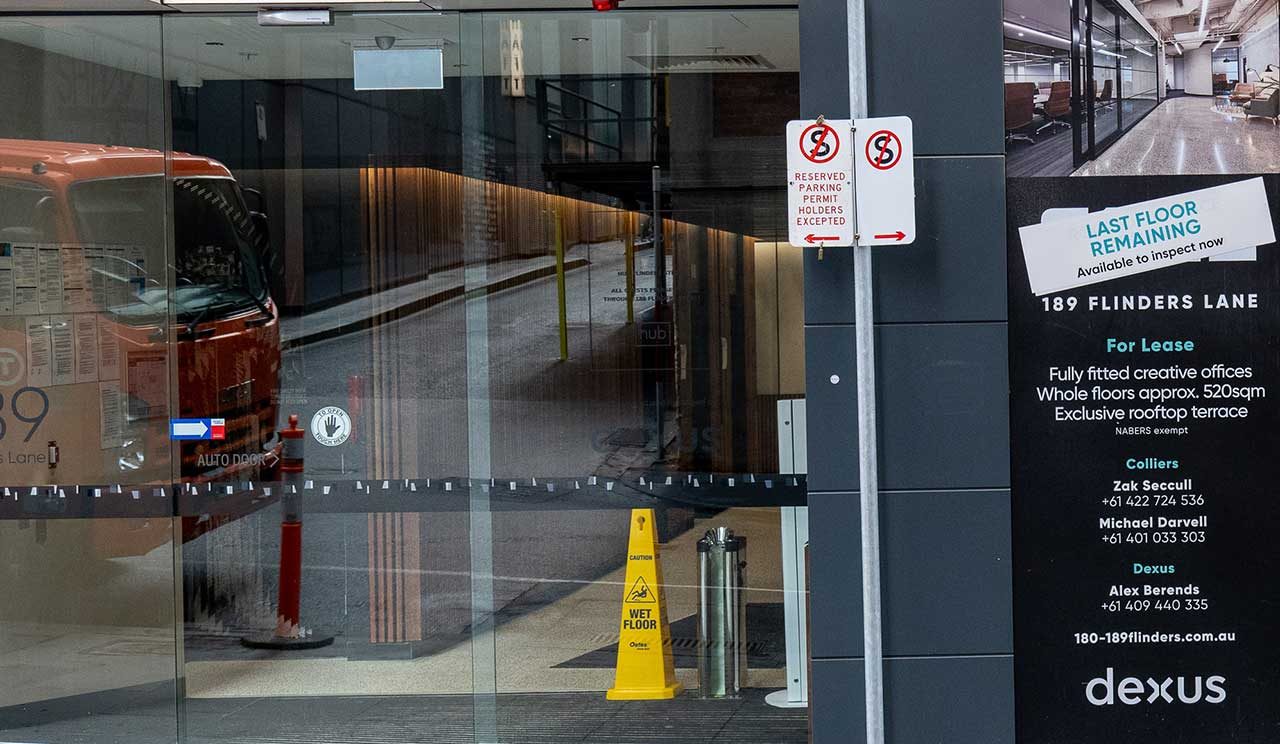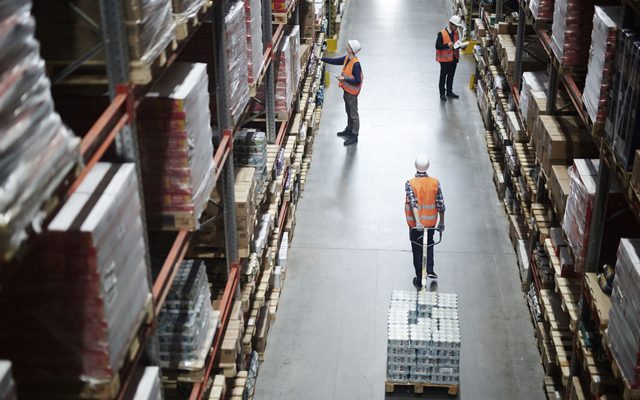This article is from the Australian Property Journal archive
AUSTRALIA’S largest office landlord, Dexus, continues to see location remain a key driver of performance among its assets.
In its March quarter update, Dexus office occupancy figures of 94.4% by income, a sliver down from the previous quarter – but well above the market average of 86.5% – and by area of 93.6%, down from 94.0% in the December quarter.
“In office, location remains a key differentiator for asset performance, with the Sydney core and Melbourne eastern core again reporting lower vacancy compared with their respective CBD averages,” it said.
There were 55 lease transactions in the quarter, covering 27,400 sqm of space.
Average incentives of 29.0% were slightly below HY24 levels, as smaller customers accounted for a higher proportion of leasing deals during the quarter.
“While conditions remain challenging, our investment portfolio continues to deliver resilient income streams and we have a strong balance sheet supported by a disciplined approach to capital management,” said new chief executive officer Ross Du Vernet, who has just taken the reins from predecessor Darren Steinberg.
Dexus’ industrial portfolio occupancy decreased to 96.6% by income, from 99.0%, primarily due to vacancy at a large facility in Sydney outer west where Dexus said “various leasing options are being explored”.
“The industrial sector remains resilient and vacancy rates remain low, despite economic headwinds impacting retail and overall business confidence.”
Rent growth remained above trend with double digit effective releasing spreads achieved during the nine months the end of March. Dexus said its industrial portfolio is 16% under-rented, benefiting from continued market rent growth across key markets.
At the flagship industrial development precincts of Ravenhall and Jandakot, Dexus completed 65,600 square metres and progressed construction across 86,500 square metres.
Dexus reaffirmed its expectation for full-year distributions of circa 48.0c per security. Adjusted funds from operations, excluding trading profits, is expected to be broadly in line with FY23.




